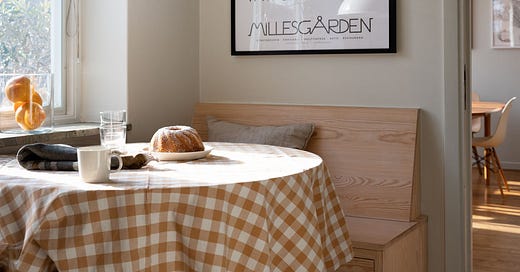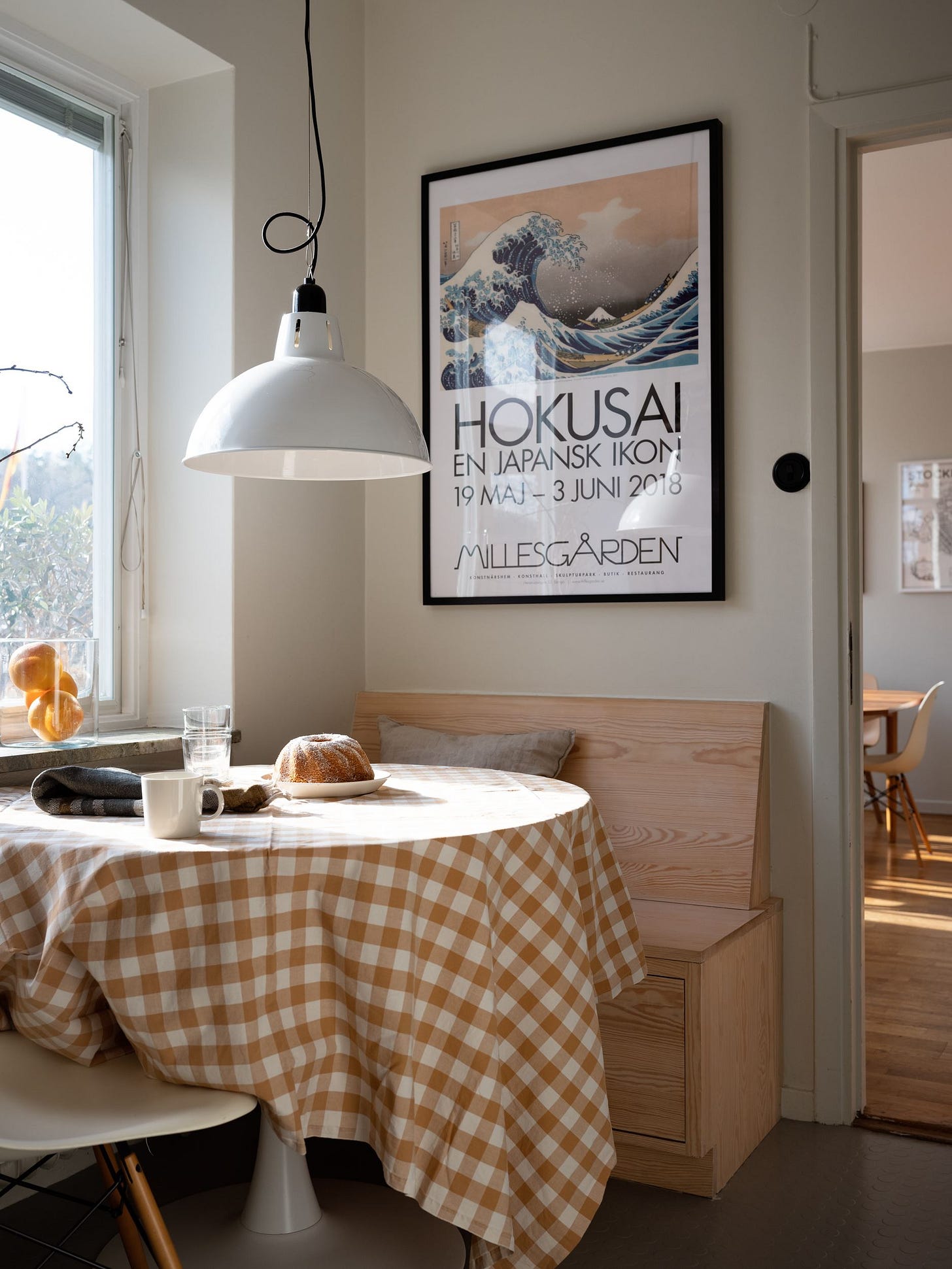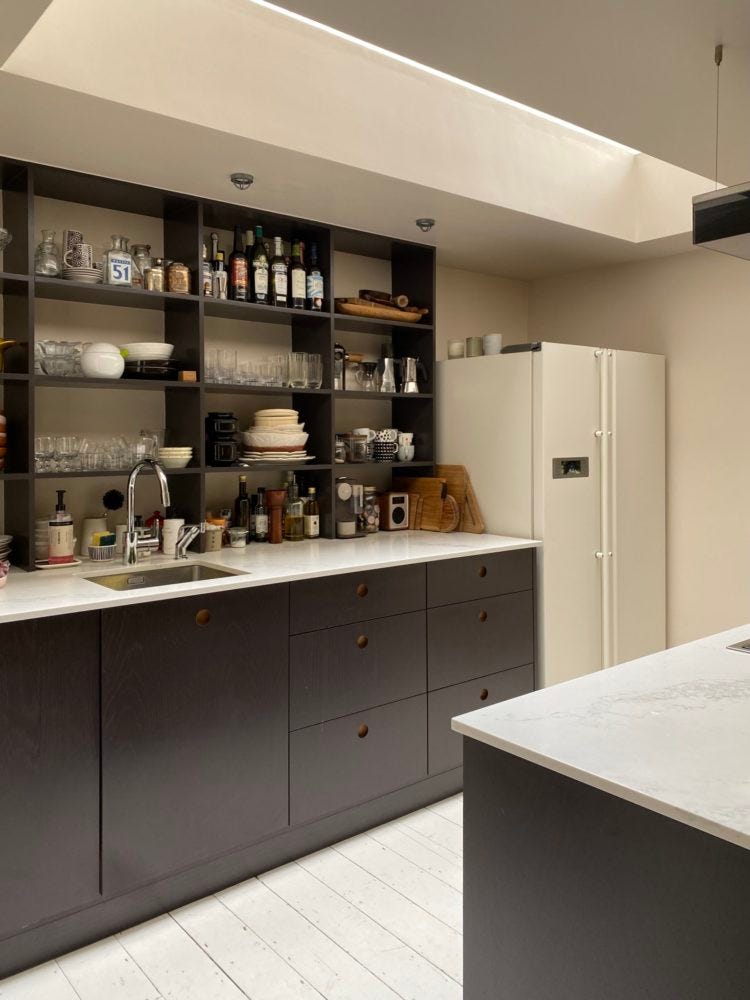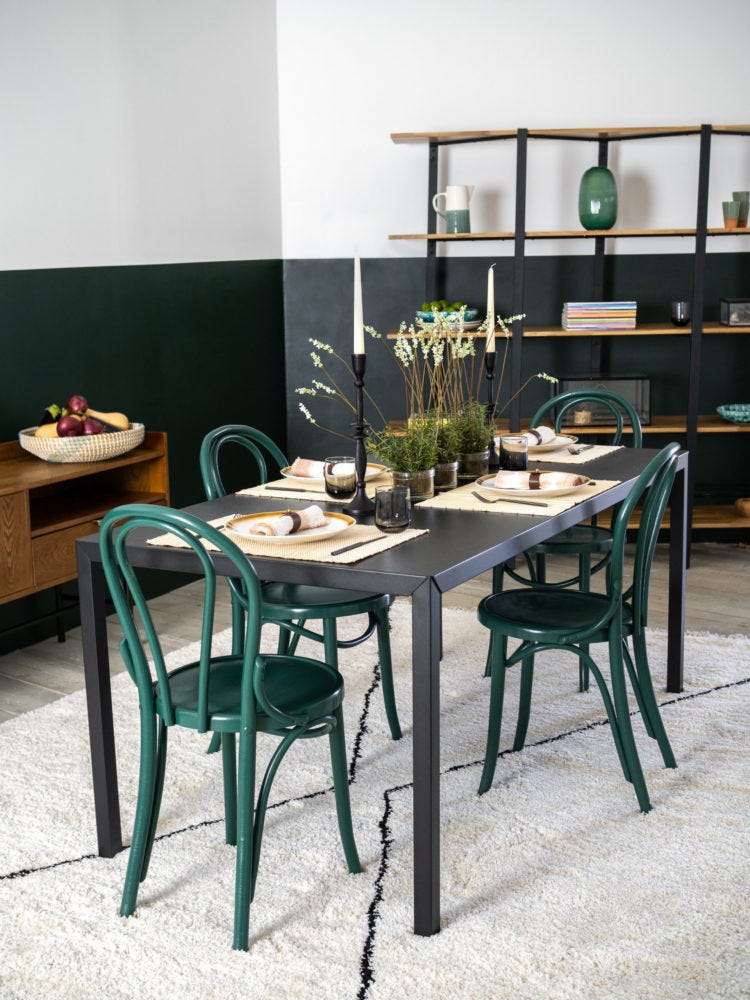The question of what to spend money on if you know your surroundings are only going to be temporary is a thorny one. Do you buy cheap furniture for your sitting room so you can throw it away when you have completed any building work and finished the decoration? Do you live with a kitchen or bathroom that really depresses you know that it will be a couple of years before you can afford to do the work on it? Buying cheap and throwing away isn't good for the planet and does also mean you will be buying twice. But living with decor that makes you miserable isn't sustainable for your mental health either.
The first point to note is that it really helps to have your vision in place so you know that if you do buy furniture or rugs that they will fit in with your final scheme which will help you avoid having to sell or recycle or replace with something that turns out to be more suitable when the work is done.
This can keep you on track because when you are knee-deep in tears and damp courses as buying a small thing that is perfectly in tune with the plan is immensely cheering.
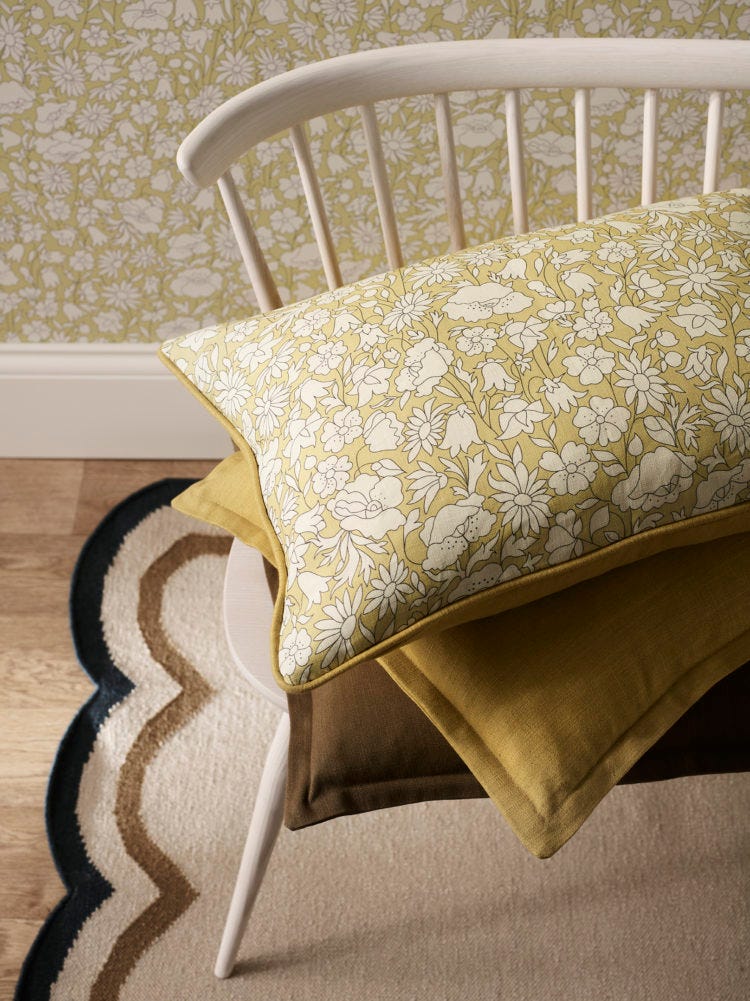
That said, this period of knowing that the house isn't quite right but working out what to do with it, can also be vital to learning about your taste and style. So the other important, and annoying, piece of advice is that you can't rush it.
I know, I get it, it's bad enough having to save to move walls around and extend without being able to shop for lovely things in the meantime and I'm not saying that but I am saying, take a little time to do your research into what you like and need for a space before you rush off to the virtual high street.
For example, paint is a good way to work out how you feel about colour. It's instantly transformative and - depending on the brand - an affordable way to have a look and see how it makes you feel. When we moved into this house, which was two rental flats, we immediately painted the walls and floors in a warm milky white (Wimborne White by Farrow & Ball) which made everything feel clean and light and meant we were happy to be in the house while the building work carried on around us.
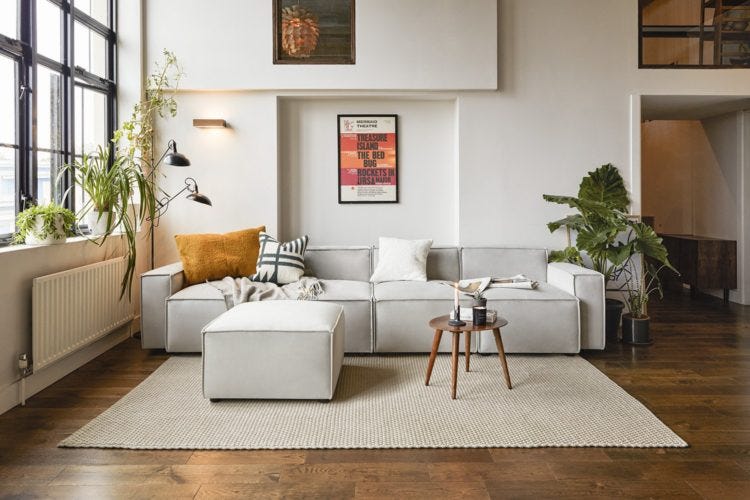
Gradually we added more colour and experimented with more shades. Some we got right - the sitting room speedily went charcoal grey and from there to dark chocolate (different colours same sense of drama) while the bedroom took several goes to get right - milky white to pale grey to pale pink.
Painting is a good way to see how the light affects the room during the day and how you feel about being in a dark, or light room. It's the perfect way of getting to know yourself that's much cheaper than spaffing a lot of money on a sofa that you know you don't really like but you need something to sit on.
And so we come to furniture. Generally speaking, I'm not a fan of the temporary furniture fix which is just throwing money down the drain and discarded piece into landfill. There are two approaches to this: buy the sofa of your dreams now (which means you will already have spent the money so that's one less thing to buy when the builder's bill needs settling) or look at vintage furniture.
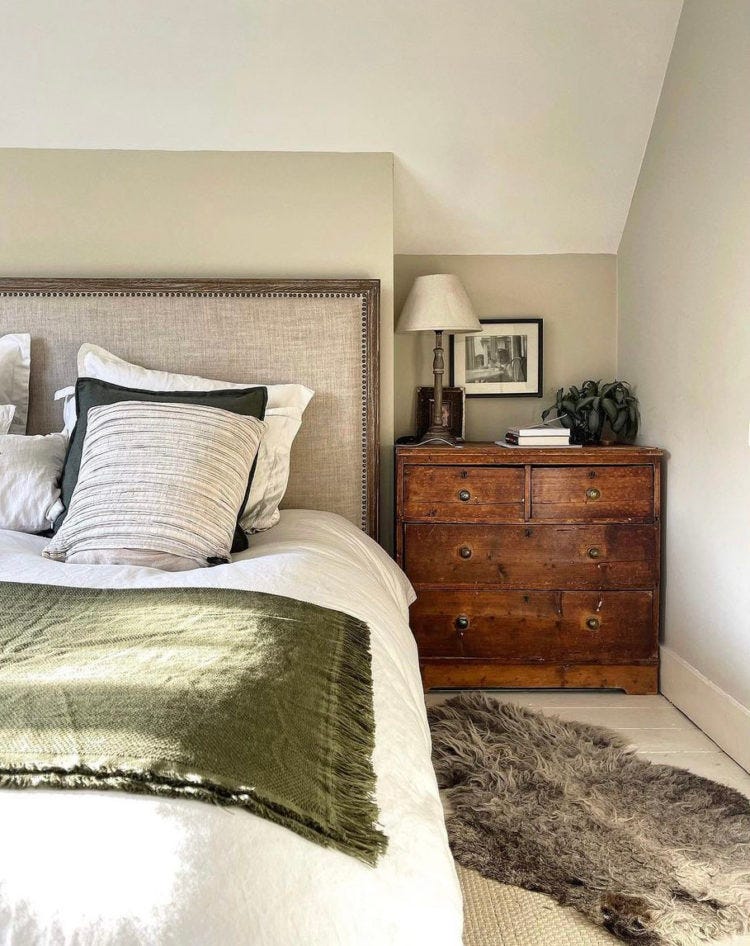
When it comes to the first, you can sit on said sofa of dreams while saving for the renovation work and then either put it in storage or wrap it up well to protect it while the work is being done. A good sofa should last several years so don't worry about it being ruined while you are saving. This applies also to beds, mattresses and big items of furniture.
For everything else there is the charity shop, or Facebook Marketplace or Ebay. You might find a bargain that you can paint or re-donate later.
If you want to buy new then try and think of how you might use it in the newly refurbished plan. A console table might start out as a temporary breakfast bar or a desk before ending up in the hall. If you can only fit a dining table for four (but want eventually to seat eight) then can the small table be a desk later on? When you buy new clothes you tend to think about how many outfits you can create with one new piece so train yourself to do the same with furniture. That way everything you buy will have a longer life.
Or course some things are hard to ignore. When it comes to kitchens then, depending on how long you will have to live with it consider replacing ugly doors with plain MDF ones and painting them. Replace handles with some that you might like to re-use later. You can cover an ugly fridge as well as cupboard doors with vinyl wrap as I have done. Unless you're very handy it's probably best to find a local firm of car wrappers or sign experts to help with this. As a guide I paid £150 for my fridge to be done and I live in London (where prices might be higher). For bathrooms you can get tile stickers and grout pens to revitalise old grout as well as fun shower curtains to give a temporary makeover. And shower heads tend to have standard fittings to replacing that might revitalise your morning for not much money.
Finally, bad floors are tricky and you don't want to spend money on new flooring if you dream of moving walls around. Painting over laminate or buying a large piece of carpet that can double up as a rug might be the best solution.
Staggering your purchases and shopping "clever" means less waste of both resources and money and means that when the house is finally done and is all new and shiny that those pieces you have had and loved for a few years already will bring an instant layer of patina, history and character to your space.


